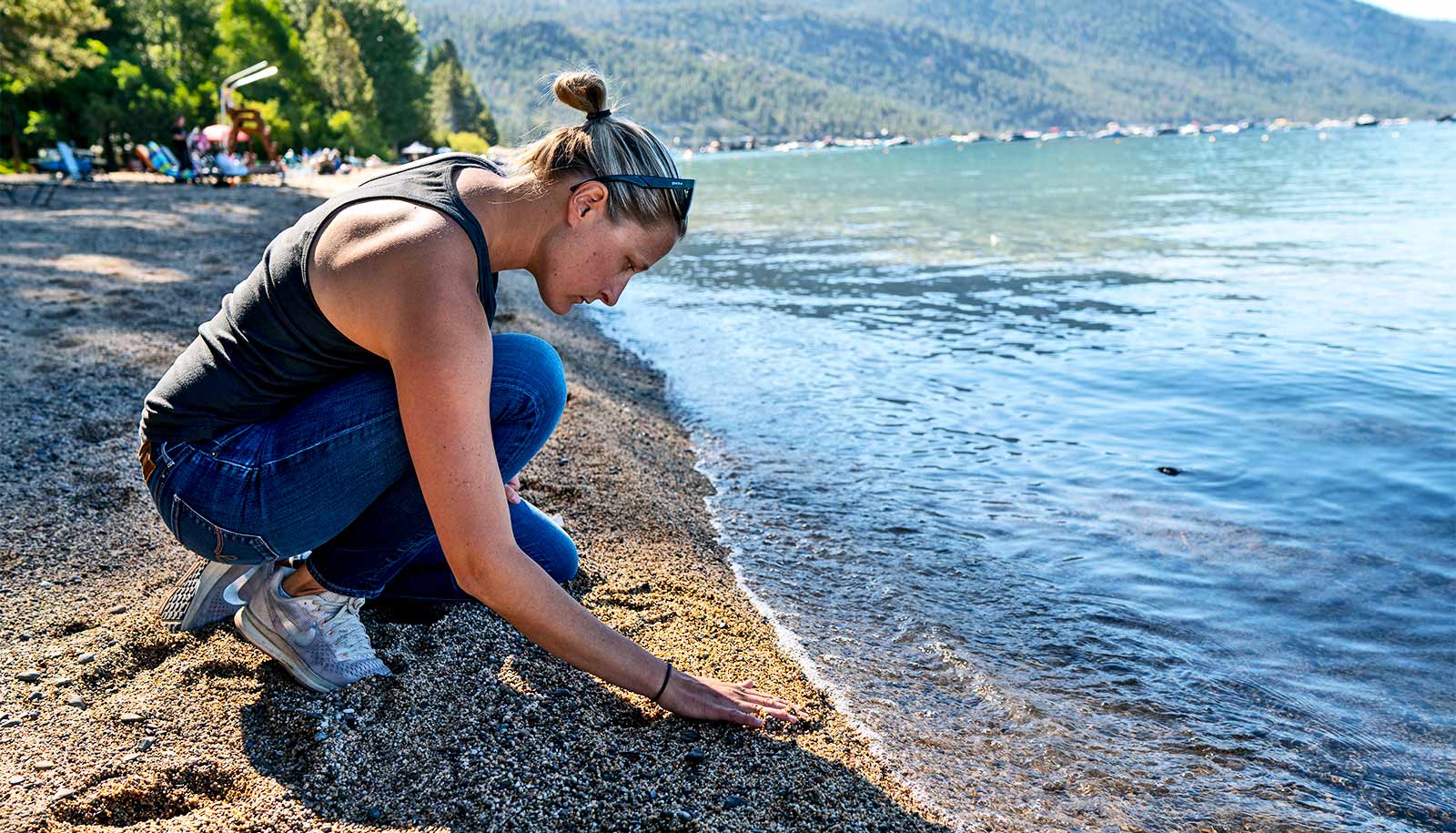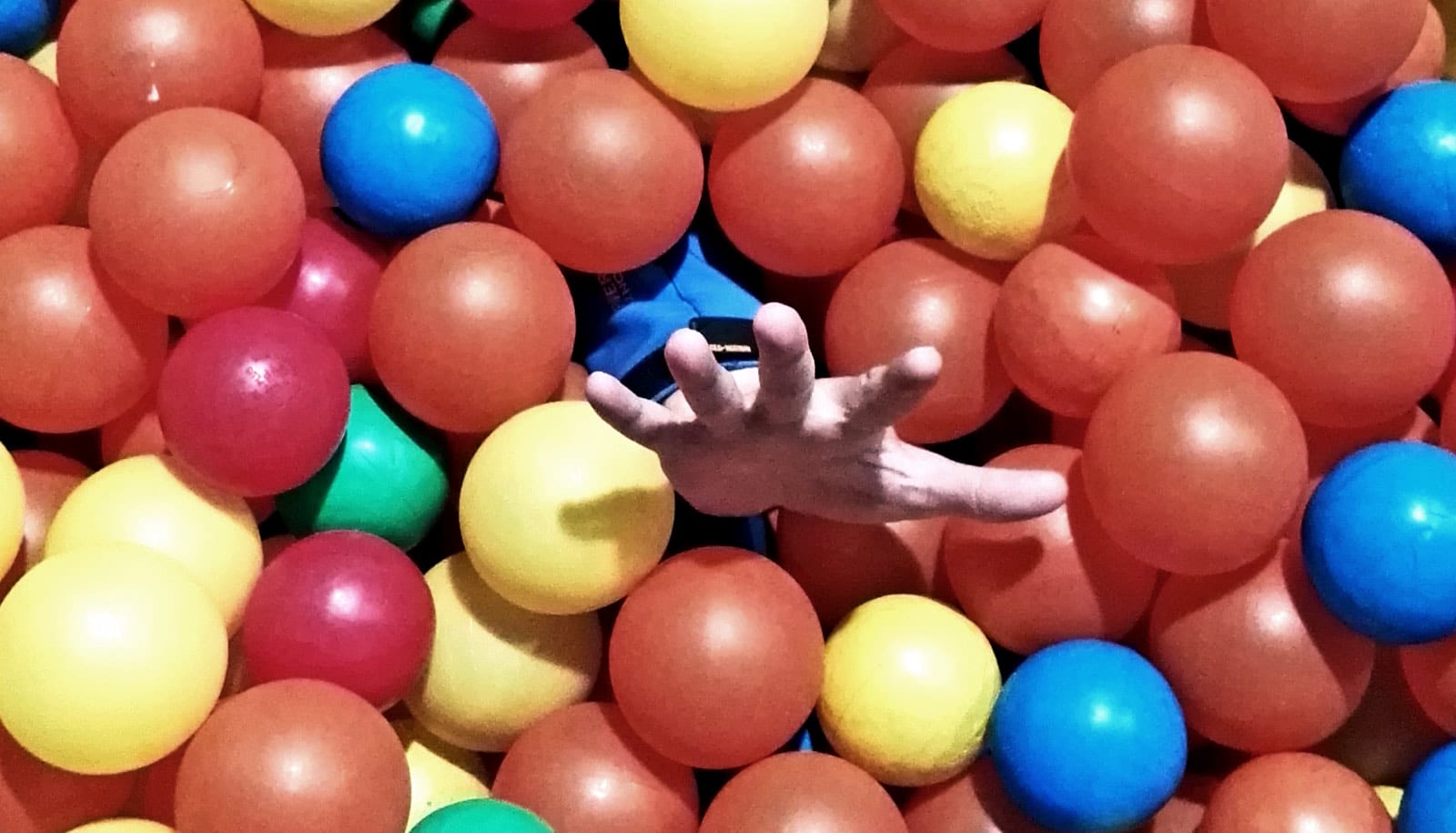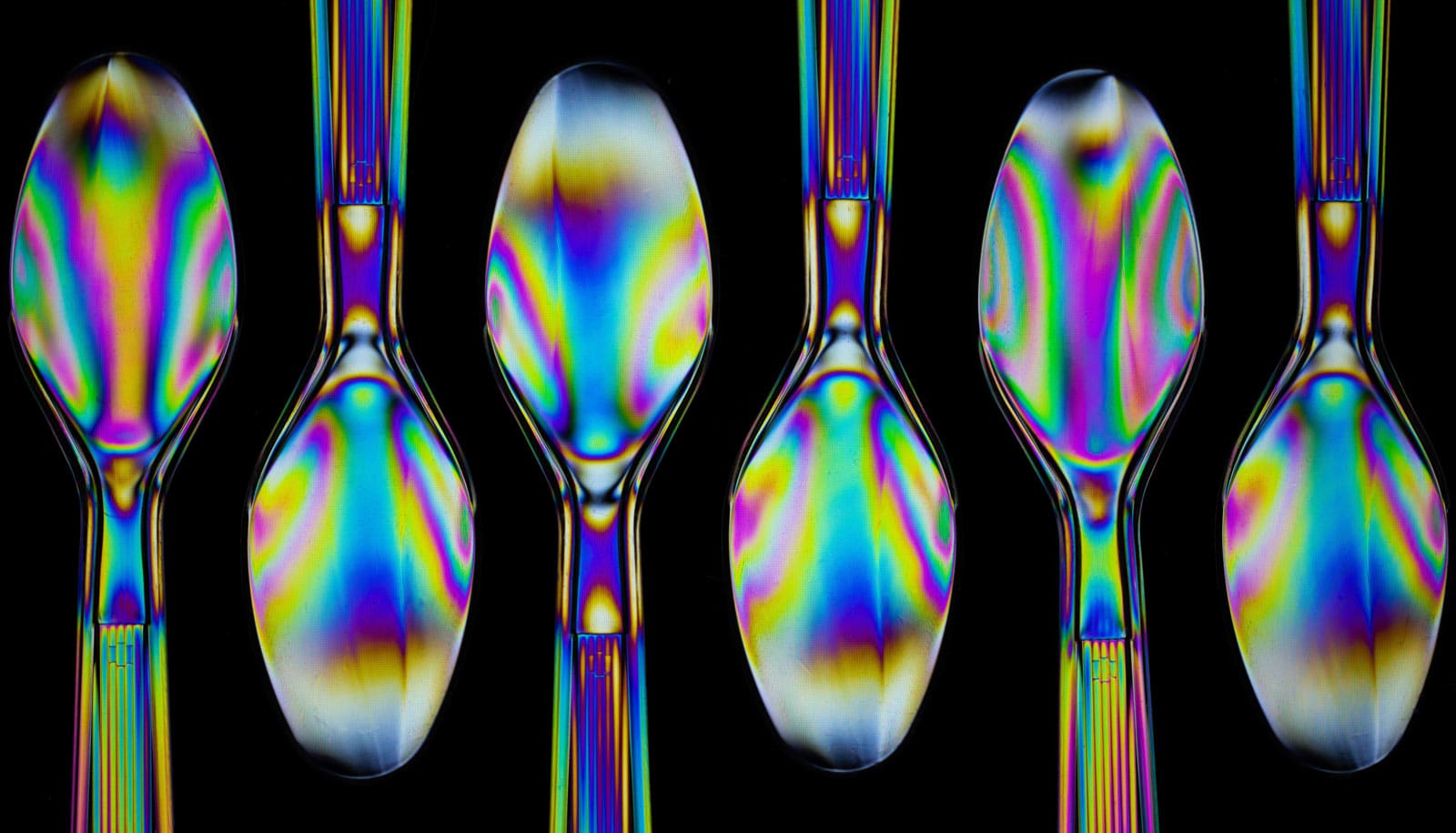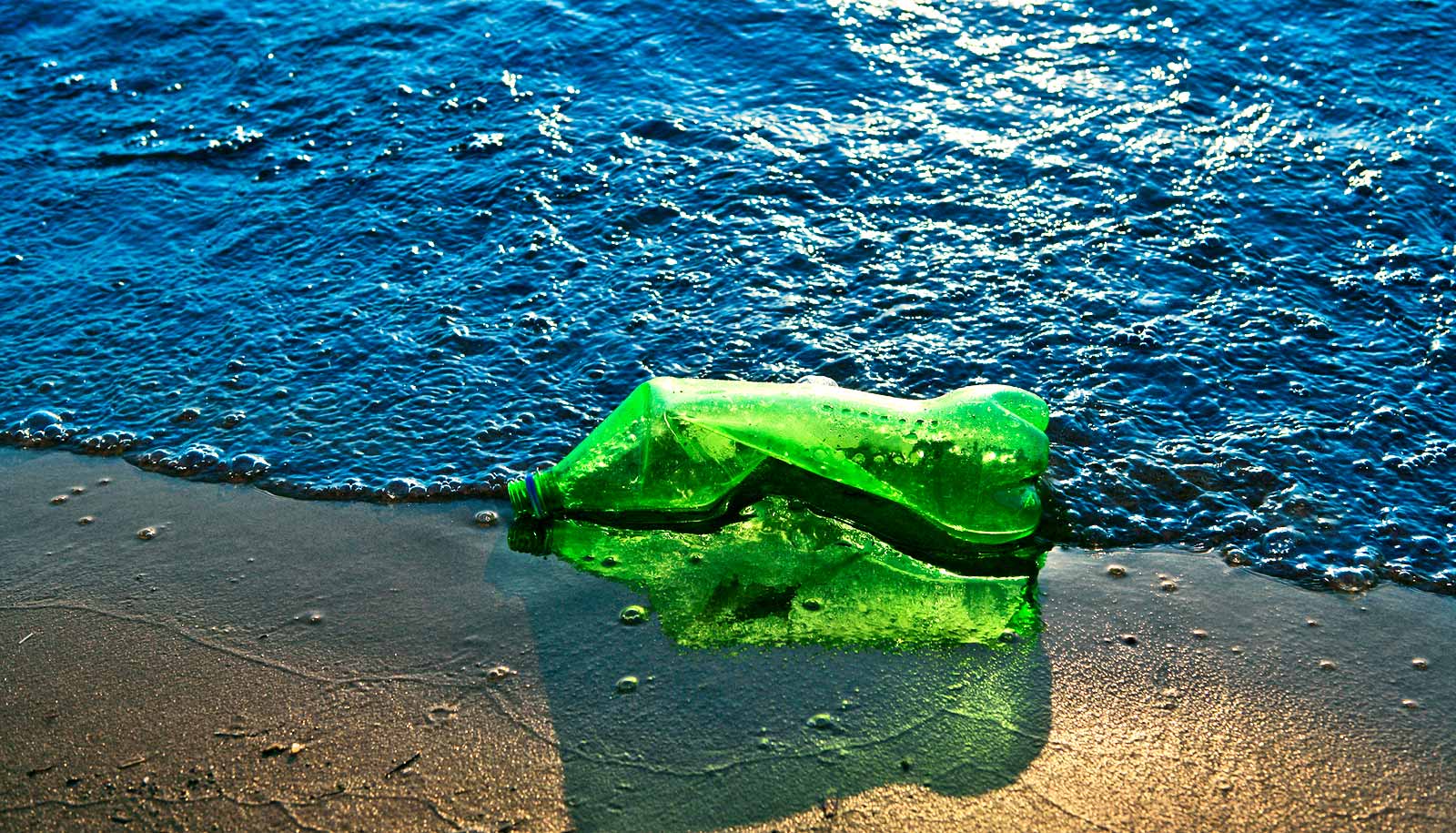Research at one of the clearest, cleanest lakes in the world suggests the problem of microplastics is widespread in freshwater systems and not just in oceans.
From the infamous “garbage patch” islands of floating plastic to the guts of fish and bellies of birds, plastics of all sizes are ubiquitous and well-documented in the ocean. But little data exists on microplastics in lakes.
“The ocean gets a lot of attention about plastic in the water, and our freshwater lakes don’t,” says Katie Senft, a staff researcher at the Tahoe Environmental Research Center at University of California, Davis. “This issue has flown under the radar in the Tahoe Basin. We don’t know the long-term implications of having plastics in our water and in our soil.”
Senft began sampling four beaches last summer as part of the first study of microplastics in Lake Tahoe. Largely unfunded, she’s sampling Incline Beach and Hidden Beach twice this summer.
Eventually, Senft would like to sample at least four beaches every quarter, looking not only at trash but also atmospheric deposition and stormwater runoff sources of plastic.
In the meantime, she hopes the baseline data she’s collecting from this and last year will help bring attention to the issue, lay the groundwork for measures Lake Tahoe can take and establish methods scientists can apply when researching microplastics in other lake systems.
Unlike many freshwater systems, the wastewater produced in the Tahoe Basin is piped out and does not return to the lake. Wastewater is the main source of microplastics in most freshwater systems, with microfibers—small bits of fiber from laundered clothes that find their way back to water systems—being the primary plastic pollutant.
“That means the microplastics we’re finding at Lake Tahoe are most likely from improperly disposed trash,” Senft says.
Residents and visitors can help by reducing the amount of plastic brought to the beach from the beginning. Lake Tahoe has some of the nation’s cleanest drinking water, so forgoing the packs of small plastic water bottles for a reusable one is an easy place to start. There’s even a TapApp that can point people to local water refill stations. For other plastic items, make sure to throw away or pack out whatever is brought in.
“The problem of plastics in Tahoe is, I believe, very solvable,” Senft says. “People think everyone can’t make a difference, but we’re actually really powerful. If everyone picked up their trash, it would make a huge difference.”
Source: UC Davis



